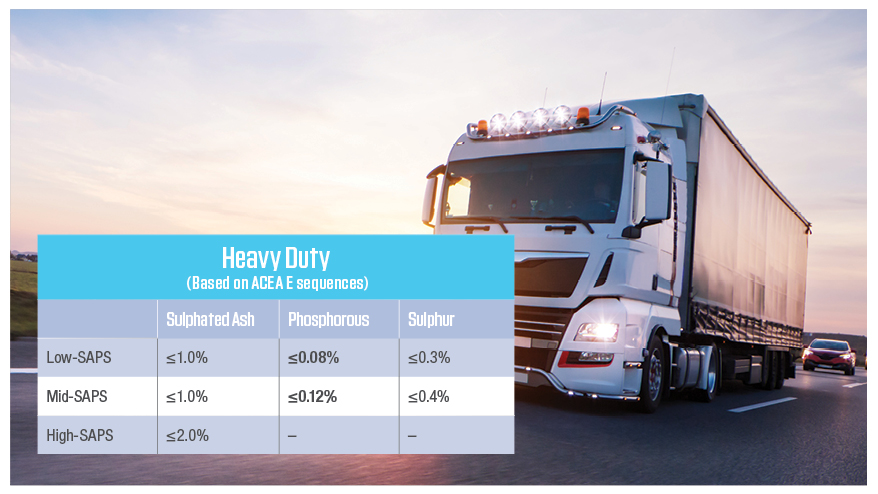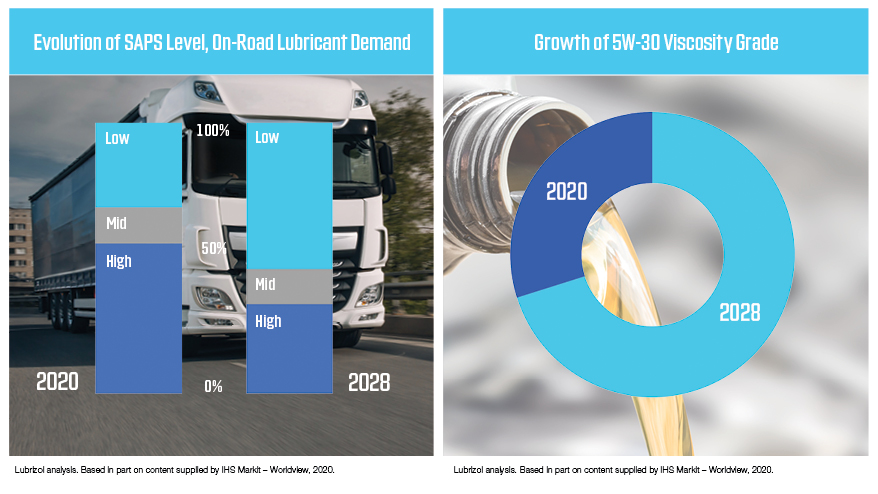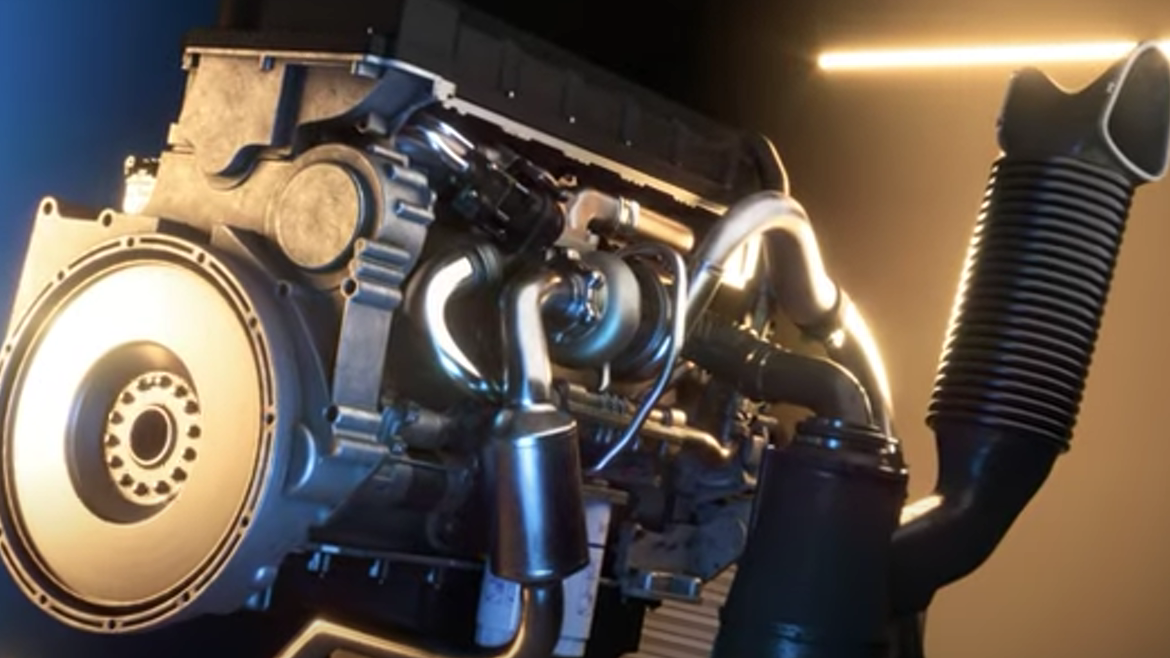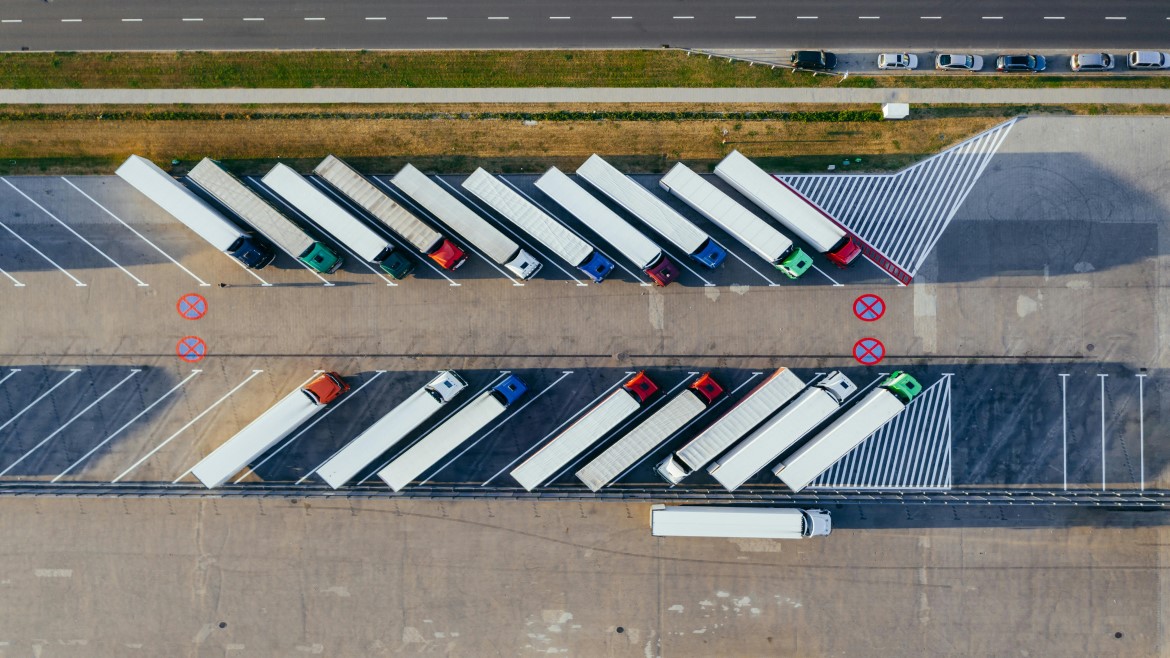Dec 13, 2023
Posted by Alex Brewster, Product Manager, Commercial Engine Lubricants
This article is reprinted with permission from the October 2023 issue of Lube Magazine
European commercial vehicle emissions standards
The commercial transportation industry continues to evolve toward cleaner vehicles. In Europe, Original Equipment Manufacturers (OEMs) have been on a journey to increase the cleanliness and efficiency of their powertrains since the first EURO emissions standard came into effect in 1992. Lubricant market dynamics are driven by the underlying vehicle parc, with changes to hardware influencing demand. Often, there is a delayed impact for new regulations and new hardware designs to take effect. Understanding these market trends and the speed of change is key for industry stakeholders as they seek to prepare and adapt for changes to their portfolios. The latest emissions standard for on-road equipment in the commercial vehicle space is Euro VI step E. This standard ensures that the latest trucks and buses on European roads are some of the cleanest in the world. Euro VI is a European emission standard that establishes limits for tailpipe emissions such as nitrogen oxides (NOx), particulate matter (PM), and particulate number (PN). European OEMs must design and produce vehicles with powertrains that meet these requirements.
The delayed impact on the market
Although standard came into force in 2014, it has taken quite some time to have a significant impact in the market. This is due to the refresh rate of the vehicle parc in Europe. The average age of an on-highway truck is 14.2 years old, with the total number of medium and heavy commercial vehicles on European roads standing at 6.4 million vehicles. The average age of a bus is 12.7 years old, with the number of buses totaling more than 700,000. Buses are a much smaller subset of the commercial vehicle parc than their medium and heavy commercial vehicle counterparts. Additionally, lubricant demand from these vehicles tends to be disproportionately smaller, as sump sizes and mileage accumulation are comparatively lower. In 2022, medium and heavy commercial vehicle production was 299,917 units, with buses totaling 28,376 units. Comparing this to the overall parc, it becomes clear that the impact of new vehicle production on the existing fleet is steady and gradual, taking years to tip the balance of the vehicle parc. Put another way, the true potential environmental impact of Euro VI is softened by the high proportion of older vehicles that are still in circulation. For instance, eight years after Euro VI, pre-Euro VI trucks still account for three-quarters of the total trucks on EU roads as well as 92% of NOx emissions.
Read more: Euro 7 and The Evolution of Emission Legislation in Europe
Emissions for off-highway equipment
In the non-road mobile machinery (NRMM) or off-highway marketspace, emissions are equally as key for new equipment. The European Commission has maintained the ‘Stage’ standards, with Stage I being introduced in 1997. The latest standard that equipment manufacturers must adhere to is Stage V, which was adopted in 2019 for all new equipment, albeit with some delays to the implementation timeline due to the impacts of the COVID-19 pandemic. PM and PN limits were significantly tightened when compared with the previous standard. As a result, OEMs are expected to adopt diesel particulate filters (DPFs) across a broad spectrum of powerbands.

Preparing for the ACEA E8 Transition
In 2020, lubricants aligned with the low SAPS ACEA E6 performance profile represented roughly one third of the European market. Based on Lubrizol estimates, we expect to see that market share grow to over half of the total market, whilst more than one-third of lubricant demand in Europe will be aligned with the SAE 5W-30 viscosity grade or lighter. The European lubricant market is upgrading to higher performance lubricants, which are enabling the latest generations of engine hardware. Over the span of a decade, ACEA E6 has been a baseline that balanced the need for exhaust after treatment device (ATD) compliance without compromising on other key factors like engine durability. However, the penetration of vehicles fitted with DPFs and selective catalytic reduction (SCR) continues year on year, driving demand for low SAPS lubricants. Whilst the chemical limits introduced with E6 remain relevant for lubricants, the continued increasing focus on efficiency and emissions has led to changes in engine hardware design, which in turn creates new challenges for OEMs. The lubricant market is steadily upgraded by the hardware in the vehicle parc. In the background, another lubricant upgrade is underway. ACEA E8 was launched in 2022 with the changes to the ACEA sequences. This will eventually replace ACEA E6 and is a significant increase in lubricant performance. Three tests were brought into the sequence. Two tests – the Volvo T-13 and Caterpillar Oil Aeration Test -- align with API CK-4. (In addition, the Daimler OM471 test replaces the OM501LA test. These three tests address the lubricant performance areas of oxidation, aeration, and piston cleanliness respectively. According to Nigel Britton, Technical Manager at Lubrizol, there are many fundamental reasons why the OM471 test differs from the OM501LA engine test. “The launch of the OM471 engine generation brought many fundamental design changes from the predecessor OM501LA; with a move away from the V6 configuration to an in-line 6. Whilst there was a small increase in engine capacity from 11.9 to 12.8 liters, the piston material changed from aluminum to steel to allow the OM471 to operate with higher peak cylinder pressures and piston thermal loading to deliver much improved thermodynamic efficiencies”. Furthermore, on assessing the reasons for the inclusion of the OM471 in industry and OEM specifications and the potential impacts upon lubricant performance, Nigel states. “The OM471 engine replaces the OM501LA in ACEA categories E4 and E8, as well as the Mercedes Benz Trucks DTFR specifications; this is a significant change in engine technology that now better reflects the latest generation of powertrain being used in-fleet. With increased cylinder pressures and higher piston and turbocharger temperatures, the engine lubricant needs to deliver much improved thermal and oxidative stability compared to the requirements of the OM501LA; ensuring that ACEA E4 and E8 oils deliver the performance required by Euro VI hardware”. The OM471 test has also been added to key OEM specifications and includes pass/fail parameters that will drive lubricant performance even further than ACEA E8. Lubricant formulations will need to be adapted to meet increased requirements in the areas of piston cleanliness, oxidation performance, and turbocharger cleanliness.

Maximising the performance of next-generation lubricants
OEMs are constantly striving for greater efficiency and improved combustion performance. This has implications for the lubricant. Changes to piston metallurgy or the distribution and configuration of the ring pack can significantly alter the environment of the lubricant. The changes that OEMs make are driven by a mixture of competition and legislation. To meet the performance demands of ACEA E8, as well as underlying OEM specifications, lubricant technology and formulations must be adapted and tailored to deliver the robust performance that is expected. Whilst Euro VI hardware is becoming the driving force in the marketplace, change is on the horizon. The next series of legislation that OEMs in the on-road sector must meet is Euro 7. The announced legislation further clamps down on NOx, PM, and PN, as well as introducing several new regulated tailpipe emissions. With the arrival and introduction of ACEA E8, lubricant performance in Europe will be raised, which in turn will enable OEMs that are striving for increased emissions performance to meet the lofty challenges of Euro 7. ACEA E8 presents significant formulating challenges, according to Alexandra Mayhew, Technology Development Manager at Lubrizol. “Due to the introduction of new tests, the OM471, Volvo T-13 and COAT, E8 lubricants require much greater oxidation stability, deposit control and aeration control than E6 lubricants.” “The OM471 is a challenging, 600-hour durability test, which tests lubricants on a range of performance features like piston and turbocharger deposit control, oxidation stability, cylinder liner, valvetrain and bearing wear and oil consumption. Deposit control and oxidation stability are particularly challenging and require carefully selected types and levels of antioxidants, dispersants, and detergents. We found that E6 lubricants, or simply boosted E6 lubricants, don’t meet the OM471 requirements in all performance features and new formulating styles are needed.” Lubricant performance is set to increase with the arrival of ACEA E8. With Euro 7 on the horizon, powertrain emissions performance must also increase. The lubricant will continue to be a key enabling factor in cleaner powertrain technology, with all industry stakeholders having to be ready for the transition.
Lubrizol's next generation ACEA E8 technology is designed to redefine Heavy Duty low SAPS fluids.









